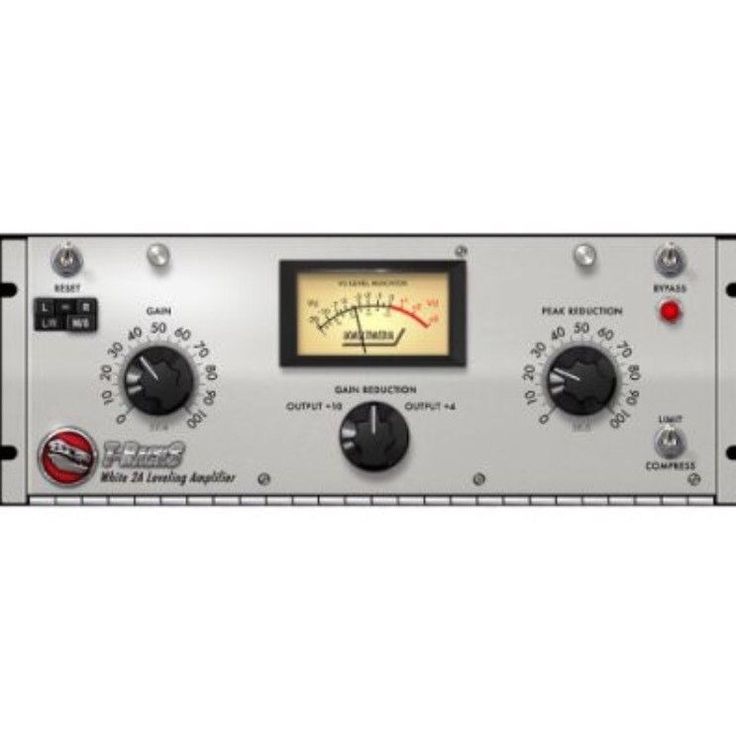
The demo period begins once you activate the license.

Instead of manually riding the physical mixing console fader, or tediously drawing in each individual level change on a DAW track, Vocal Rider does it for you, making it a true timesaver.Īll you need to do is set the target range of the vocal level in relation to the rest of the mix.

Simply put, Vocal Rider rides the levels of vocal tracks, automatically. Waves’ Vocal Rider automatically rides the vocal’s levels for you, saving time and avoiding tedium. Tight budgets or deadlines don’t always allow for the manual line-by-line tweaking of fader levels on a vocal track to perfection at mixdown. Users can automate the plug-in to modify its action, phrase by phrase. But I don’t understand the argument that it does something totally different than what you can accomplish with compression.Vocal Rider is the first of Waves pioneering new series of Mix tools. Vocal Rider automatically rides the gain of a vocal track during mixdown.

Maybe it’s easier to use, maybe someone wants to argue that compressors can be difficult to fine tune to get the same effect without coloring the sound in a different way. I’m not saying the vocal rider is useless, I’ve never used it. That’s true if the threshold is set somewhere between the peaks and the average audio level, but if you lower it even more and set the attack and release to the fastest value, don’t you just get the same behavior as the vocal rider? When you turn down the volume you are lowering the dynamic range, by definition, because the quietest possible sound doesn’t change but the loudest ones get lower.īased on that gif it seems you actually mean to be making a different argument - that compression lowers just the peaks without affecting the RMS level. Dynamic range is “the ratio between the largest and smallest values that a certain quantity can assume.” The highest peak to the quietest sound you can hear.


 0 kommentar(er)
0 kommentar(er)
